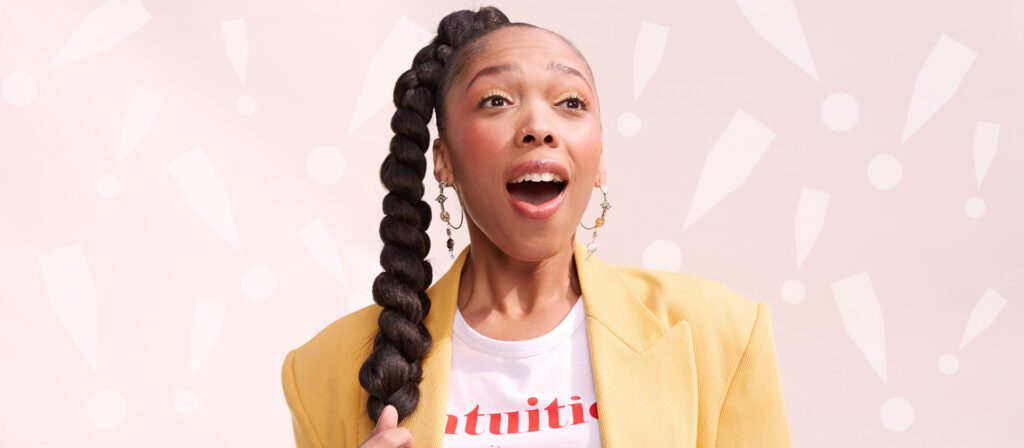As women feel pressured to appear more genial and approachable under traditional gender roles and stereotypes, many studies found that women express themselves more in nonverbal communication than men, may it be through using more exclamation points or emoticons.
Even in professional e-mails, women are more likely to use exclamation points than men in an attempt to appear more friendly and accommodating.
The Harmfulness of Gender Stereotypes
Gender roles and gender stereotypes are different throughout the regions of the world. The most commonly known gender stereotype for women is expectations that revolve around women being nurturing, accommodating, and polite. Meanwhile, the gender stereotype for men is to exhibit bold and aggressive behavior.
In an article regarding gender roles and stereotypes, Planned Parenthood discusses the harmfulness that traditional gender perspective brings.
Extreme gender stereotypes are harmful because they don’t allow people to fully express themselves and their emotions. For example, it’s harmful to masculine folks to feel that they’re not allowed to cry or express sensitive emotions. And it’s harmful to feminine folks to feel that they’re not allowed to be independent, smart or assertive. Breaking down gender stereotypes allows everyone to be their best selves.
Planned Parenthood
Gender roles and stereotypes tend to restrict people’s behavior, along with their sense of self. Not only that, but these harmful views on gender can pressure individuals to act a specific way to feel a sense of belongingness. (Source: Planned Parenthood)
The Limitations of Women in the Workforce
Gender stereotypes affect women in various ways, including how they talk in e-mails and other online conversations. As stated by writer Amelia Tait for a New Statesman article, men are more allowed to be unenthusiastic when compared with women, as interactions with women are expected to have a specific level of zealousness. (Source: Girlboss)
In a 2006 research done by Carol Waseleski that studies the correlation of gender and their usage of exclamation points, Waseleski states that women use exclamation points 46% more than men to appear friendlier and more approachable. (Source: Carol Waleski)
When it comes to the exclamation point, there’s really no way to win. Use them too much and you’re deemed unprofessional. Use them too little and you’re seen as cold. Use them because you feel you have to and you’re not living your truth. Use them because you want to and you’re supporting patriarchal norms.
Sarah Nachlis
(Source: Girlboss)
Exclamation points aren’t the only method women rely on to appear genuine. In an attempt to look more affable, women are relatively twice as likely to express themselves through emoticons in text messaging, as seen in a 2012 research from Rice University. (Source: Science Daily)
Not only that, but gender stereotypes affect both the communication methods of women and their ability to recognize their talent. For example, women typically straw away from the STEM field as they doubt their potential. More papers show that women are more prone to develop weak self-confidence as they disregard positive feedback.
Harvard professor Katherine B. Coffman emphasizes the pervasiveness of stereotypes. Young individuals internalize stereotypes without their knowing. With that said, there is great importance in changing gender stereotypes to produce individuals that pursue a passion-filled career where their talents are recognized. (Source: Harvard Business School)
